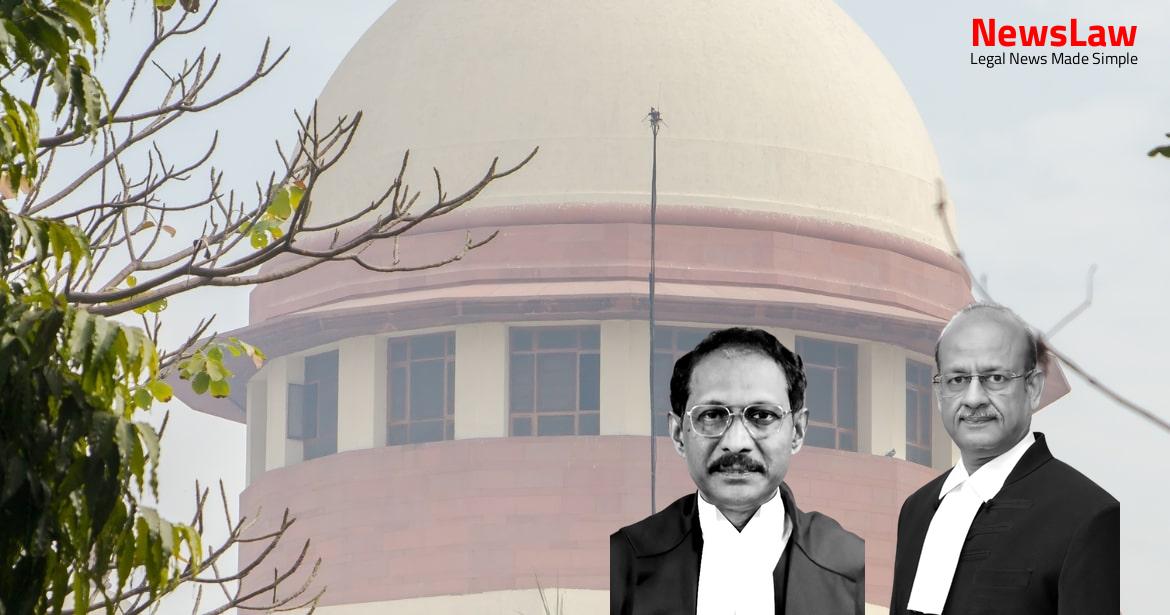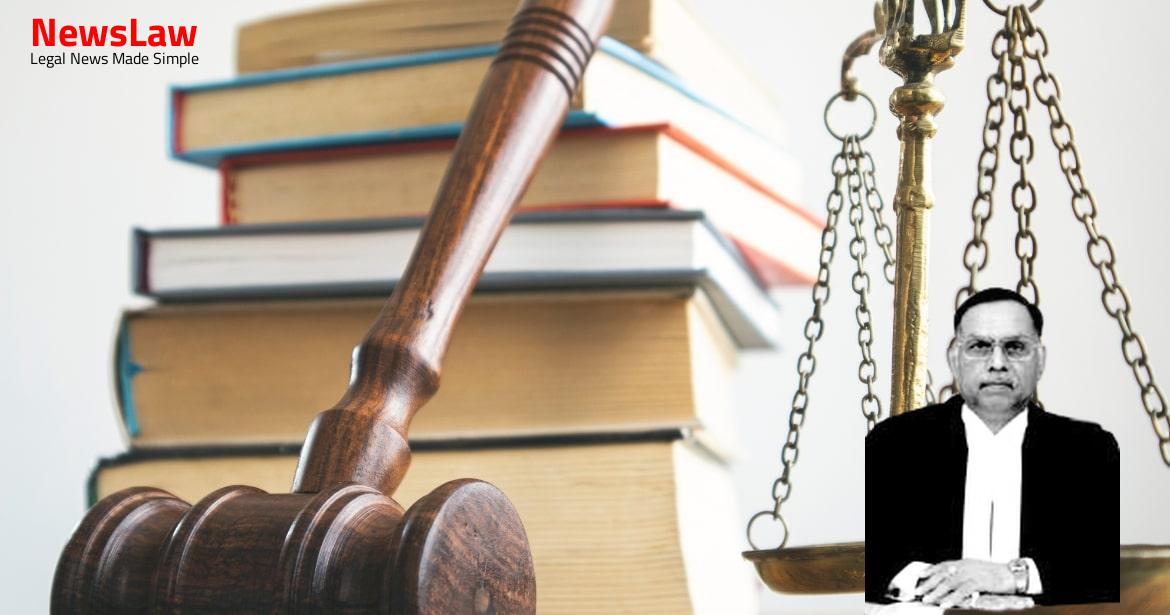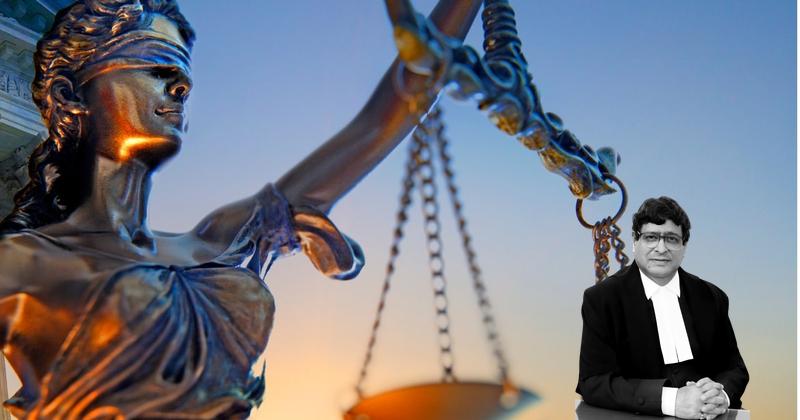In this insightful blog post, we delve into the legal saga between the successors of Kanihya, represented as the appellants, and Sukhi Ram & Ors., the respondents. The dispute revolves around a pre-emption suit concerning a property in Village Samchana, District Rohtak, Haryana. The appellants, facing challenges due to their illiteracy, sought to rectify an error in the deposit amount specified by the court. After years of litigation and a journey through various legal avenues, including a review application, the Supreme Court of India finally rendered its judgment. This blog explores the intricacies of the case, highlighting key arguments, court proceedings, and the ultimate resolution, shedding light on the complexities of legal battles and the importance of judicial fairness and diligence.
Facts
- Appellant-plaintiff moved an application before the Trial Court with pre-filled Treasury Challan to deposit ₹ 7,600/-.
- Court ordered depositing of ₹ 7,600/- as per the appellant-plaintiff’s application.
- Revision of the appellants was allowed with a deficit of ₹ 14/- to be made good.
- Appellant-plaintiff filed an application seeking permission to deposit the deficit amount of ₹ 14/-.
- The court granted the application for deposit extension but rejected the application to deposit ₹ 14/- at a later stage.
- Appellants filed a suit for pre-emption which was decreed.
- Deposit in the pre-emption case was less by ₹ 100/- due to a calculation error.
- Respondents moved an application to withdraw the amount deposited by appellants.
- Mistakes in calculations led to discrepancies in deposit amounts, causing delays in court proceedings.
- Appellants were directed to deposit ₹ 7,600/- instead of ₹ 7,614/- in one instance.
- High Court’s review application led to the dismissal of an earlier revision petition.
- The entire legal process involved various applications for deposit extensions and corrections of deposit amounts.
- Court orders and permissions for deposits were challenged and reviewed at multiple instances.
- The Trial Court wrongly rejected the application of the appellant-plaintiff to deposit the deficit amount of ₹14/-.
- The appellants were granted time to deposit the balance sum of ₹14/-.
- The respondents filed a Review Application against the High Court’s order.
- The Review Application was allowed, and the earlier High Court order was recalled.
- The position of law regarding extending the time for deposit in a pre-emption suit was discussed.
- The Trial Court had dismissed the appellant-plaintiff’s application to deposit ₹14/- for non-compliance.
Also Read: T.R. Vijayaraman and B. Kanagarajan v. C.B.I. and Indian Bank
Arguments
- Learned counsel for the respondents argued that the appellants failed to comply with the terms of the decree in their favor.
- The respondents believe that the appellants should not receive any relief from the Court due to this failure.
Analysis
- The appellants filed an application to deposit the deficit balance of ₹ 14/- dated 05.03.1991
- The late Kanihya, predecessor in-interest of the appellants, is in possession of the property
- Mutation has already been entered in Kanihya’s name in the revenue record
- The case indicates negligence in handling the matter
- The Senior Subordinate Judge had jurisdiction to extend the time under Section 148 CPC on sufficient cause being made out, despite any disagreement on facts or law.
- In this case, the shortfall of Rs 100 was a small portion of the total amount, which was rectified well within the stipulated time.
- The error in the arithmetical calculation was inadvertent, and the amount was ultimately deposited by the appellant.
- The High Court overstepped its jurisdiction in interfering with the order of the Senior Subordinate Judge.
- The court has the discretion under Section 148 CPC to extend time when there is a genuine mistake without negligence.
- The mistake in this case was bona fide and not due to negligence or inaction.
- The High Court’s revisional jurisdiction under Section 115 CPC did not have a basis due to the lack of a condition precedent.
- The appeal was allowed, setting aside the High Court’s judgment and restoring the Senior Subordinate Judge’s decision to allow 10 days’ time for the balance deposit of Rs 100.
- If the amount has not been deposited, it should be done so within 30 days from the judgment date.
- The court officials overlooked the mistake in the appellant’s application with the Treasury Challan.
- The ultimate permission to deposit the corrected amount lies with the court.
- The judgment in the appeal is liable to be set aside on the ground that the former appeal was not properly constituted as a result of the presence of two Honourable Judges who were disqualified to hear the appeal
- The final order passed in that appeal is a nullity
- In the absence of the two disqualified Judges, only one Judge was entitled to hear the appeal which was not done in this case
- The appeal before the High Court is restored to its file and number and is now required to be reheard in accordance with the law
Also Read: Judgment on Aniruddha Khanwalkar’s Complaint against Sharmila Das, Usharani Das, and Sangita
Decision
- Respondents entitled to withdraw entire amount deposited in court
- Review Application filed by Respondents allowed
- Appeal being allowed due to error on part of Appellants
- Respondents compensated with cost of ₹ 1,00,000/-
- Cost to be deposited in Trial Court with liberty for Respondents to withdraw
- Impugned orders of High Court and court below set aside
- Appellants permitted to deposit ₹ 14/- to court below by 20.05.2024
Case Title: KANIHYA @ KANHI (D) TH:LRS. Vs. SUKHI RAM (2024 INSC 374)
Case Number: C.A. No.-003990-003990 – 2011



